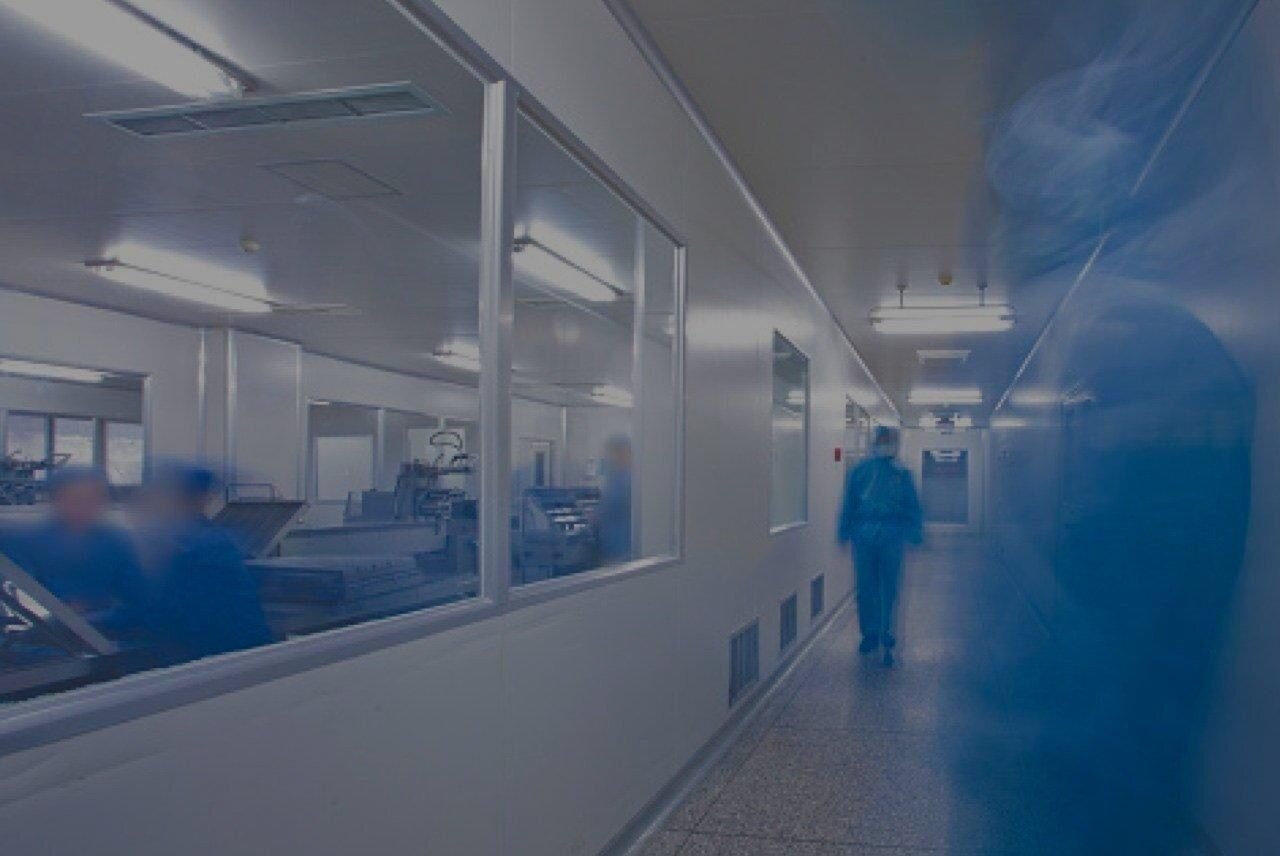HEALTH AND SAFETY
How our data predicted an impending health crisis
The opioid epidemic has destroyed countless lives and costs the economy billions of dollars each year. On-the-job injuries were the starting point for many Americans who’ve struggled with, or succumbed to, opioid addiction. Early signs of the impending crisis for injured workers and their employers were there for those capable of seeing them and, more importantly, willing to take action.

Opioid abuse among injured workers can be traced back to the 1990s, after the American Pain Society successfully lobbied for pain to become the “Fifth Vital Sign,” after body temperature, pulse rate, respiration rate, and blood pressure. Despite the lack of evidence, pharmaceutical companies declared opioids a non-addictive solution for pain management, and doctors began writing opioid prescriptions for non-cancer-related pain management.

As we know now, opioids turned out to be highly addictive, and prescriptions snowballed. The problem only exacerbated as opioids became more accessible by being adapted into many forms – pills, creams, injectables, patches, etc. – which led to it being used even for minor injuries.

Between 2000 and 2008, opioid prescriptions skyrocketed. At its peak, doctors were issuing 650,000 opioid prescriptions per day.

Noting the drastic upward trendline of opioid prescriptions, Applied’s workers' compensation experts began looking for possible effects within claim activity. We discovered that, when comparing identical injuries in the same location, those where opioids were prescribed had a noticeably longer return-to-work timeline, claims were slower to close and were costing employers more. Worse, we suspected needless suffering on the part of workers.
So we dug deeper.
As our research continued, we discovered that once the addictive drug was prescribed, an injured worker took approximately 25-30% longer to return to work, resulting in longer-tail and more expensive claims. Higher claims costs lead to higher rates for the industry, and employers ultimately bear the cost.
Even as Applied and others who were paying attention began sounding the alarm, we witnessed more applications of opioids, more users, more addictions, and more overdoses. In response, pharmaceutical companies mounted an aggressive defense of opioid prescriptions.

State and federal governments were slow to react, and even today, very few states have added opioids to their drug formularies – official lists that specify which drugs can be prescribed freely and which require pre-authorization for workers' compensation claims.

Realizing the opioid problem was growing too fast to wait for state and national regulators to step in, we took action. We created Promesa Health® to curate a network of carefully vetted healthcare providers, becoming the first insurer to establish our own in-house pharmacy and utilization review capability.

We began putting every claim’s prescription through our in-house pharmacy and using our Utilization Review Team to curb unnecessary opioid prescriptions and prevent abuse

Between 2000 and 2008, Applied claims were far below the industry average.

Although we could see positive results from prescription management almost immediately, we knew the human side of addiction needed to be addressed as well, so we created Promesa Health’s REVIVE® program to counsel injured workers through their injuries, help prevent over-use of prescription drugs, and ensure a smooth transition back to work.

A healthy, happy employee back at work is always our ultimate goal, and we consistently see the ripple effects on everyone—employers, industries, families, and communities.

We use cookies to track some on site behavior. By continuing to use this website, you consent to the use of cookies in accordance with our cookie policy.

